-
Posts
5,502 -
Joined
-
Last visited
Content Type
Profiles
Forums
Gallery
Events
Posts posted by rwiederrich
-
-
-
5 hours ago, Rick310 said:
Beautifully done Rob!
The impression brings back memories of dental school!
Rick
I have all my slow and high speed hand pieces rigged up and most of my lab equipment. Makes model making so much fun.
Rob
-
21 hours ago, BANYAN said:
A tip-of-the-hat to you Rob, that looks great!
cheers
Pat
We have very little info about her finer details……so, when Rich pointed out my oversight, I had no other option, but to correct it. Thanks for the fine comments.
Rob
- BANYAN and ClipperFan
-
 2
2
-
- petervisser, druxey and sheepsail
-
 3
3
-
-
Here is a quick process review of the name boards.
I first, carved a wooden name board.Then I duplicated it.
Next I formed several duplicates in light cured plastic.
Carved them to follow the hull curvature, painted and added premade printed name plates.
After Rich reminded me that her name was actually two words, I remade the starboard name board with a golden decorative break between the words.
Rob
-
-
Buttersworth captured exactly how the massive single topsail was furled....or in this case..*Shortened*. You dropped the topsail yard half way and clewed the sail, allowing the top half of the massive sail to drop(flap) over the lower half. Reducing its effect and thus, reducing the stress upon the masts and rigging. This is how the topsail was reduced and eventually furled, prior to the advent of Captn. Howes revolutionary double topsail design.
As mentioned earlier, this is how I plan on presenting my Staghound sail configuration.
Rob
-
-
11 hours ago, BANYAN said:
That sounds quite feasible Rob, thanks. One thing though, as there were two purchases used with the tye in Victoria, I think I need to stay with the LH option, such that either or both purchases could be used. According to Nares, this arrangement was often used in merchant ships whereby a minimal 'on deck' watch could work the lighter purchase (albeit at a slower rate), whereas the heavier double purchase was worked when the full crew was available.
If I have visualised your proposed set-up correctly, I think that could also work with the double tye configuration?
Those masts are coming on really nicely mate.
cheers
Pat
With the suggestion I made...it is easily applicable to 2 purchases. One port the other starboard. Simply end the tie chain heading back down to the deck with another gin block. Then run chain down to each purchase point and end in the block purchases. In essence the tie gin block would be the same for any double topsail arrangement. The tie leaves the yard, goes up through the mast fairlead pulley, just under the top tree....back down to a gin block that separates the two port and starboard purchase lines.
That is how I plan on rigging the heavy topsail yard.
Here is rudimentary drawing depicting what I'm describing. Note the gin blocks....the path of the tie.....the addition of the P/SB purchases......and the parral band wire lifts.
Rob(Thanks)
-
As I mentioned. I will begin adding detailing and adding trim. The cheeks won’t be added till I finished banding the main and fore masts. Once done, I’ll glue and paint the lower masts.
I’ll then move onto the top masts, which will be varnished wood. And so forth, till the mast is built. No real detail will be added at this time , that will happen when each mast is treated as a single project. Till then…….simple mast construction.
Rob
- Jared and FriedClams
-
 2
2
-
-
On 9/19/2025 at 5:44 PM, BANYAN said:
Thanks Rich, that is one of the reasons I follow your (combined) efforts here as much of the material is relatable to my research and build also.
WRT tops, agree; the contract for Victoria actually specifies the types of tops (skeletal) and that they were filled with gratings 'for the men to stand on'. WRT to the rigging of the yards etc, also agree. I use the book 'seamanship'; by Commander GS Nares RN, published in 1868 as my go to reference. He provides the closest match to the rigging as listed in Victoria's Rigging Warrant for a Barque. I supplement this as required for the 'schooner' fore-and-aft elements. Nares I believe actually points out that the (chain) tyes are indeed set-up to the centre band of the yard and not the truss arms. As with the drawing of Flying Fish rigging using gins, this correlates closely with Victoria's rigging also, but this is the first illustration showing it that I have seen. I had come up with the same arrangement independently as shown below. I was not sure which set-up was more appropriate given the odd description/listing of the associated halliards in the Rigging Warrant. These were only applicable to the topyard as the lower yard, once hoisted, was hung on chain slings.
I chose to go with the centre option as there were two sets of halliards/purchases listed.
Thanks to you all for this interesting log.
cheers
Pat
Pat. It came to me, so clearly. You can still use the double gin blocks at the tops, as described in Duncan McLeans description of flying Fish(which so happens to match your Victoria schematic).
If you use the arrangement on the right...with the double gin blocks at the tops and a single gin block at the yard(which has an insertion eye) to affix the tie cable too) You can still add a parral band lift cable to the center chain just above its insertion point on the block. This portion of the tie does not rotate around a block....but simply moves up and down, in tandem with the yard and parral.
I feel satisfied and comfortable with this arrangement for my Staghound.
Your thoughts?
Rob
-
You've moved along impressively. Nice clean work....she looks wonderful.
Rob
-
- BANYAN, FriedClams and kgstakes
-
 2
2
-
 1
1
-
Pat ……I love both of your examples. But if you examine the action of the tie cable….. you will see. That the action will not permit a parral lift cable to be affixed that would not be in danger of following the rotation of the chain along its gin block travel. Making it useable.
Under normal tie lift action, the parral lift cable affixes to the central tie chain. And both move in tandem. One lifting the yard, the other lifting the parral band. Without this cable, the parral band will bind.
Rob
-
It should be concluded that even though Flying Fish was a product of 4 vessels proceeding Staghound. It must also be concluded that the heavy single topsail yard required additional lifting mechanisms that were employed on, Flying Fish and described by Duncan McLean, must have been a fixture of Staghound/ Flying Cloud /Staffordshire/North America as well. However, this fixture as depicted by model manufactures(though looking impressive), will not function if parral lift wires are applied. Parral lift wires, were just as important as the main tie's were themselves. The modelers system is drawn to work as a pulley system, using the top 2 gin blocks along with the single yard trussed gin block. In essence, the yard gin block is simply acting as an insertion point for both tie cables. Each having their own upper gin blocks and purchases below on deck.
Skip the yard gin block....secure the tie cable directly to the yard band...up through the top gin block and down to their appropriate, port/starboard purchase block arrangement on deck. Doing so, will still satisfy McLean's description of double gin bloacks and provide a workable solution for lifting both yard and parral bands equally. Avoiding the mast binding that would most likely occur if parral lift wires were not employed.
Rob
-
58 minutes ago, ClipperFan said:
Rob, I noticed that lower and upper topsail yards on Barque James Baines have an octagonal center just afore her fore and main masts. Something I haven't seen on wooden masts before.
Possibly to retain the banding from possible rotation on the yard. I’ve seen this octagon centers on other ships before.
James Baines?
Rob
-
-
11 hours ago, BANYAN said:
Hi Rob, the middle illustration illustration (97) and the last picture in the same post ere of great interest to me as I believe they show the way Victoria was rigged (using gins). I also agree it is more likely the slings attached to the centre band of the yard (I believe that is the way Nares describes it from recall).
Could you please let me know the reference from which these were taken?
cheers
Pat
Pat...I believe I got illustration 97 from an online reference for the model plans for the clipper Flying Fish. The last is of the Barque James Craig.
-
1 hour ago, MrBlueJacket said:
Speaking of trying.....
"Excellence is not a skill, it is an attitude" (unknown)
"The wastebasket is your best tool" (Steve Wheeler)
Nic
Trying can only have two results. You either, tried and failed, where trying is your excuse, or you tried, till unacceptable failure was replaced by success.
Rob
-
Further observation....concludes that it is true Duncan McLean of the Boston Atlas, did indeed say that Flying Fish did have double topsail ties. But I argue...not in the manner model designers have drawn. Their design causes the tie's to run free within 3 gin blocks. Meaning one side could be purchased in greater effect...resulting in the chain passing freely through all gin blocks. Making any parral lift cable bolted to the tie inoperable. For it would pull up against the cable or bind at one or both of the purchases. The arrangement drawn here is not compatible for top sail yard parral lifts. And if you can't lift the parral along with the yard...you will bind the parral on the mast. See first image. I propose that each tie coming down from each gin block under the top tree...attach to the iron band instead of on center of an iron bar. This would also eliminate extra hardware like the bar and gin block that would impede full upward travel along the mast. You would still have port and starboard purchases that terminate at the channel and pin rail
.

-
Back to business.
In my constant research, I have discovered(many years ago) that the double tie lift/halyards found on clipper models such as Flying fish and Flying Cloud's topsail yards...is in all practical purposes incorrect.
They depict the tie on both sides of the top trestle tree as connected to the gin block found on the crane just top of the yard lift band. This arrangement, will not permit the necessary Parral lift wire to work at lifting the parral along with the yard evenly. Here is a picture of the said published design. Note that both ends of the tie end in haulyard purchases on opposite sides of the hull....along the channels.
Here is another picture of the proper arrangement for a parrel left wire to attach to the tie and even lift the parrel and yard evenly....to prevent binding. Lastly, note the actual cable lift on this image that afixes to the parral from the chain tie lift.
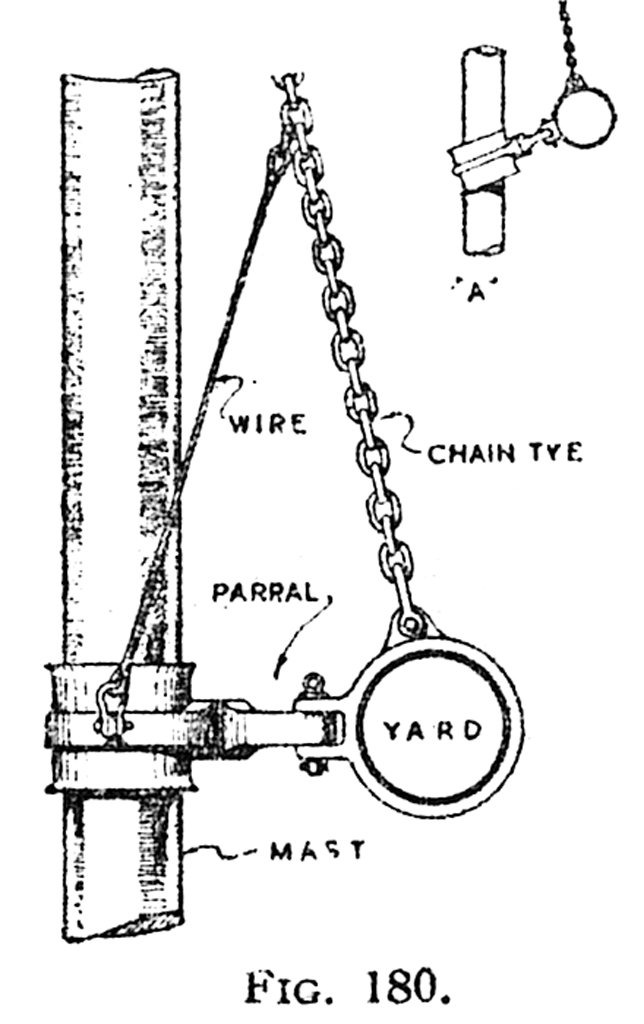
- Snug Harbor Johnny and uscharin
-
 1
1
-
 1
1
-
There were far too many factors that led to the American clipper demise. North American Transcontinental access via rail(which helped and hurt). The war of Southern oppression, indiscriminately altered American shipping (Leaving few for robust international competition) .
The Black Ball line of Liverpool purchased more American clippers that any other. More speed and cargo capacity. Economics(Shipping costs). If it were not for the British insatiable demand for tea...the *Great Tea races* would have never found fruition. so many factors....realized and otherwise,.... contributed to American clippers being lost to time.
I, however, have but one non American clipper in my fleet of clippers. The little Cutty Sark. She shares the harbor with Sea Witch, Swordfish, Great Republic, Glory of the Seas, Staghound....oh and their little whaling friend C.W. Morgan. Long live the American clipper......at my house!😍
Rob



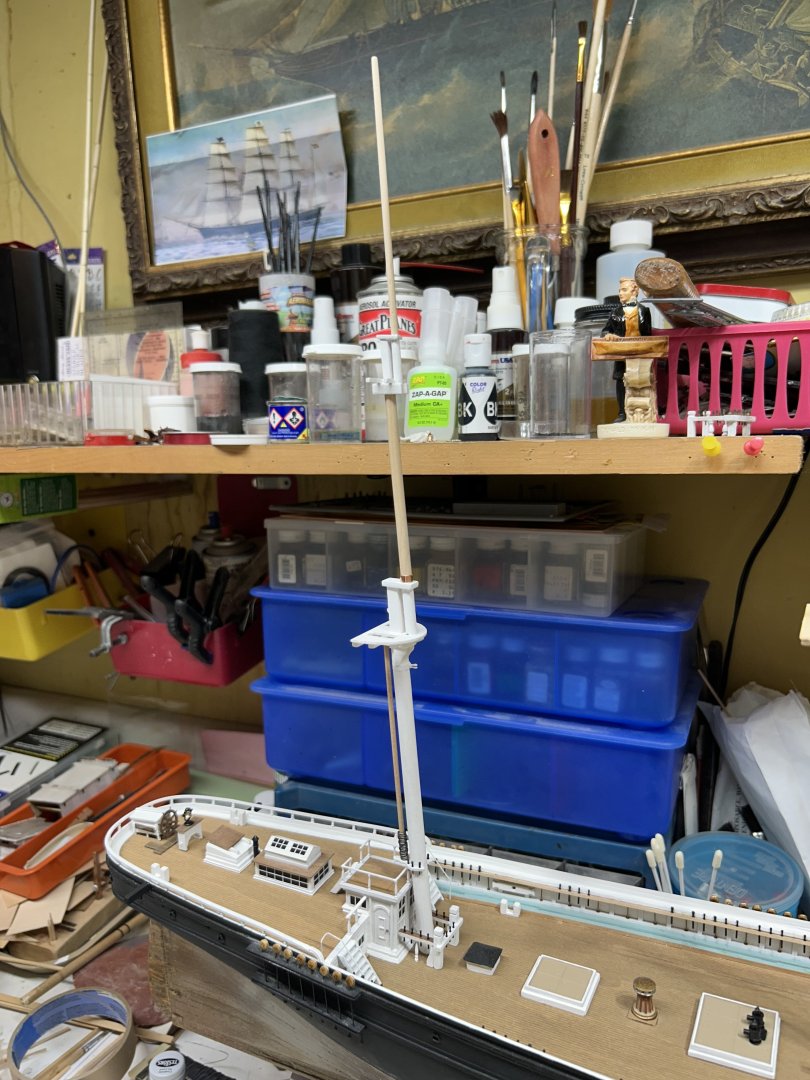
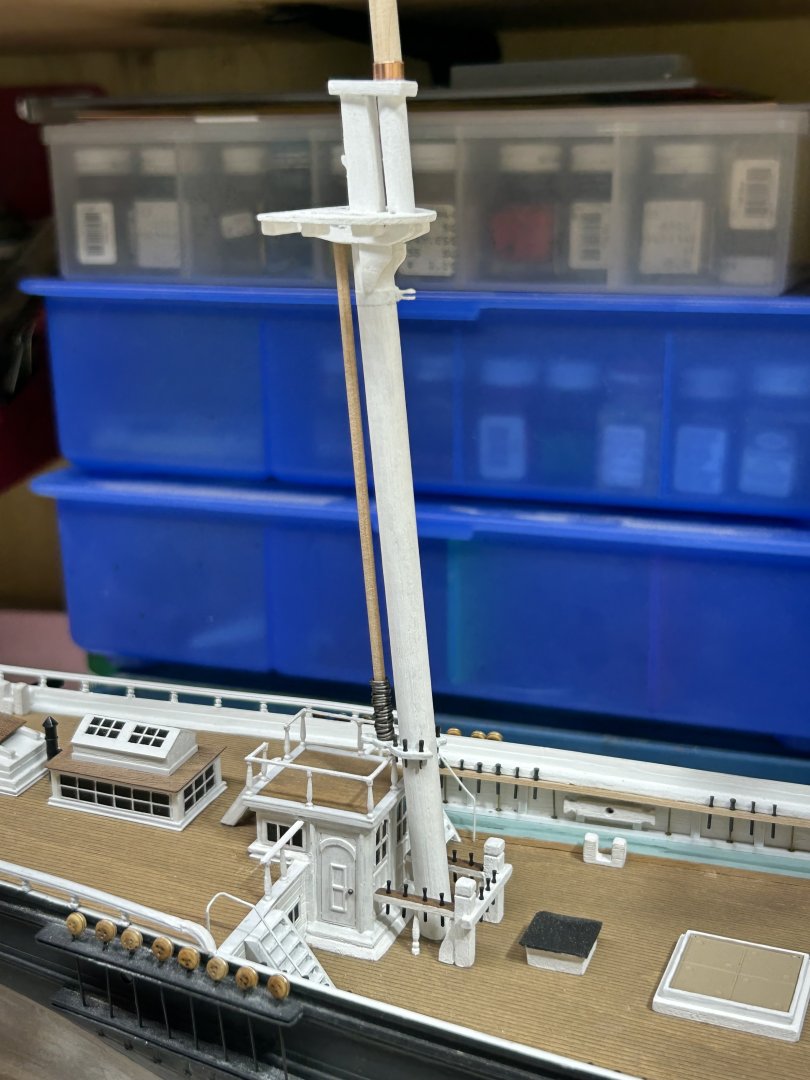
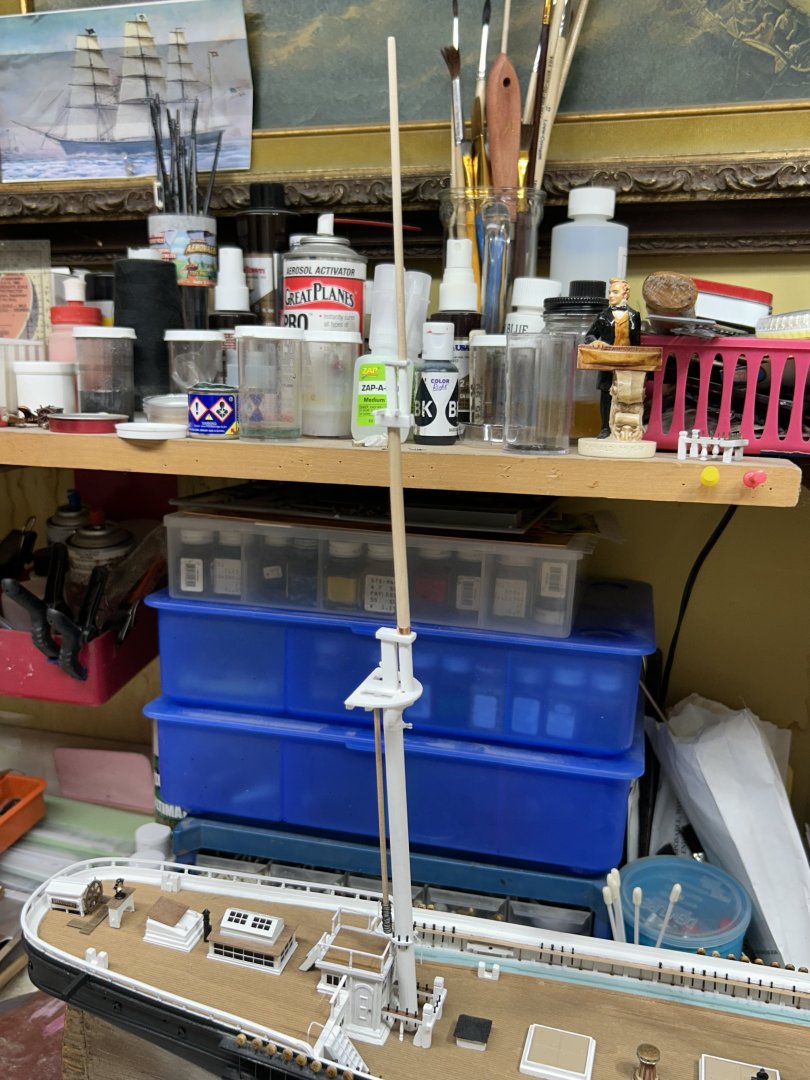
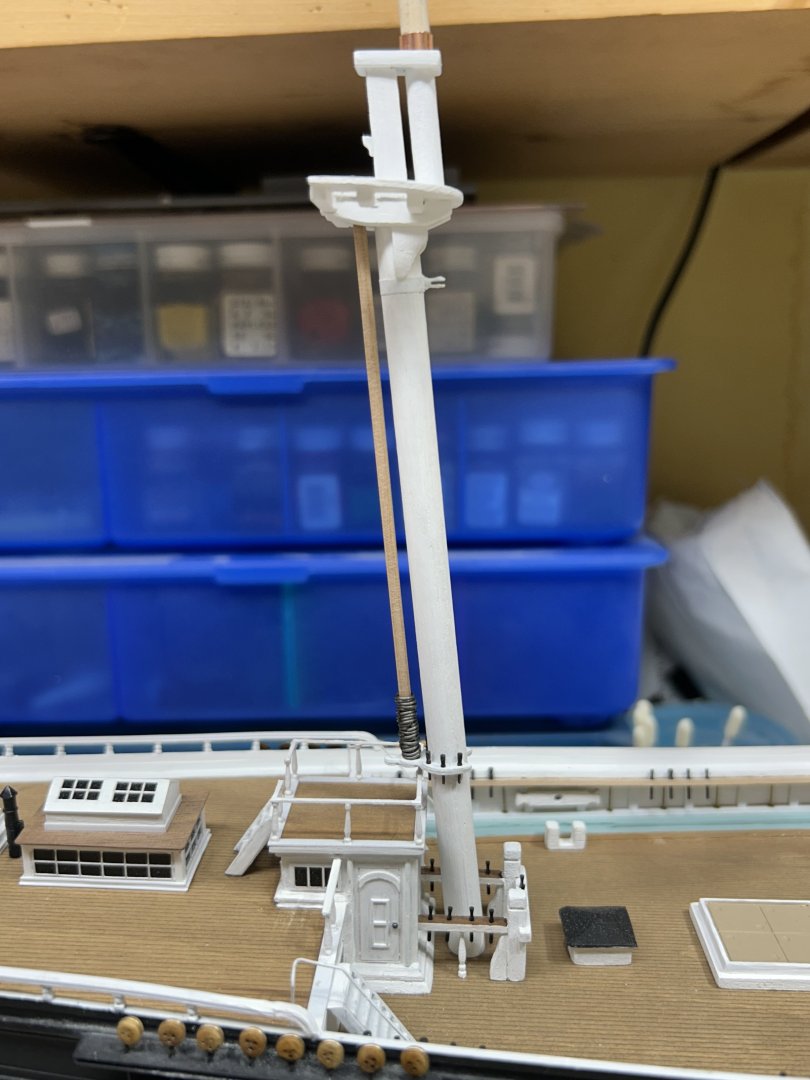
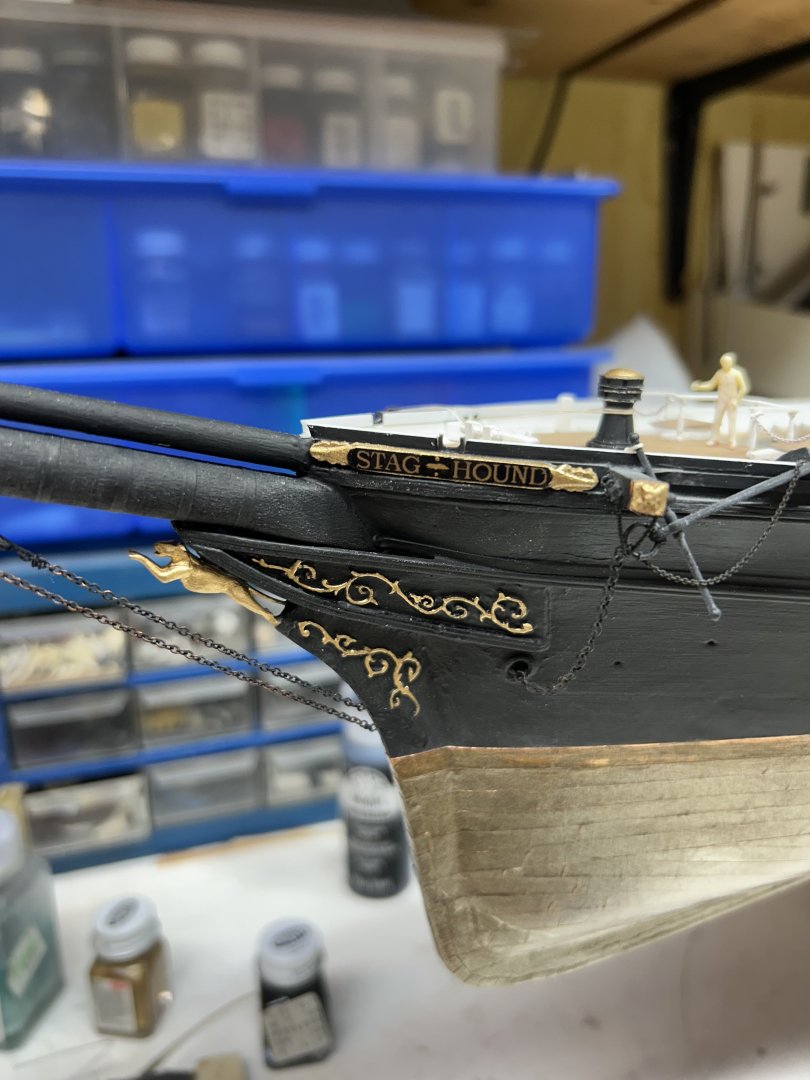
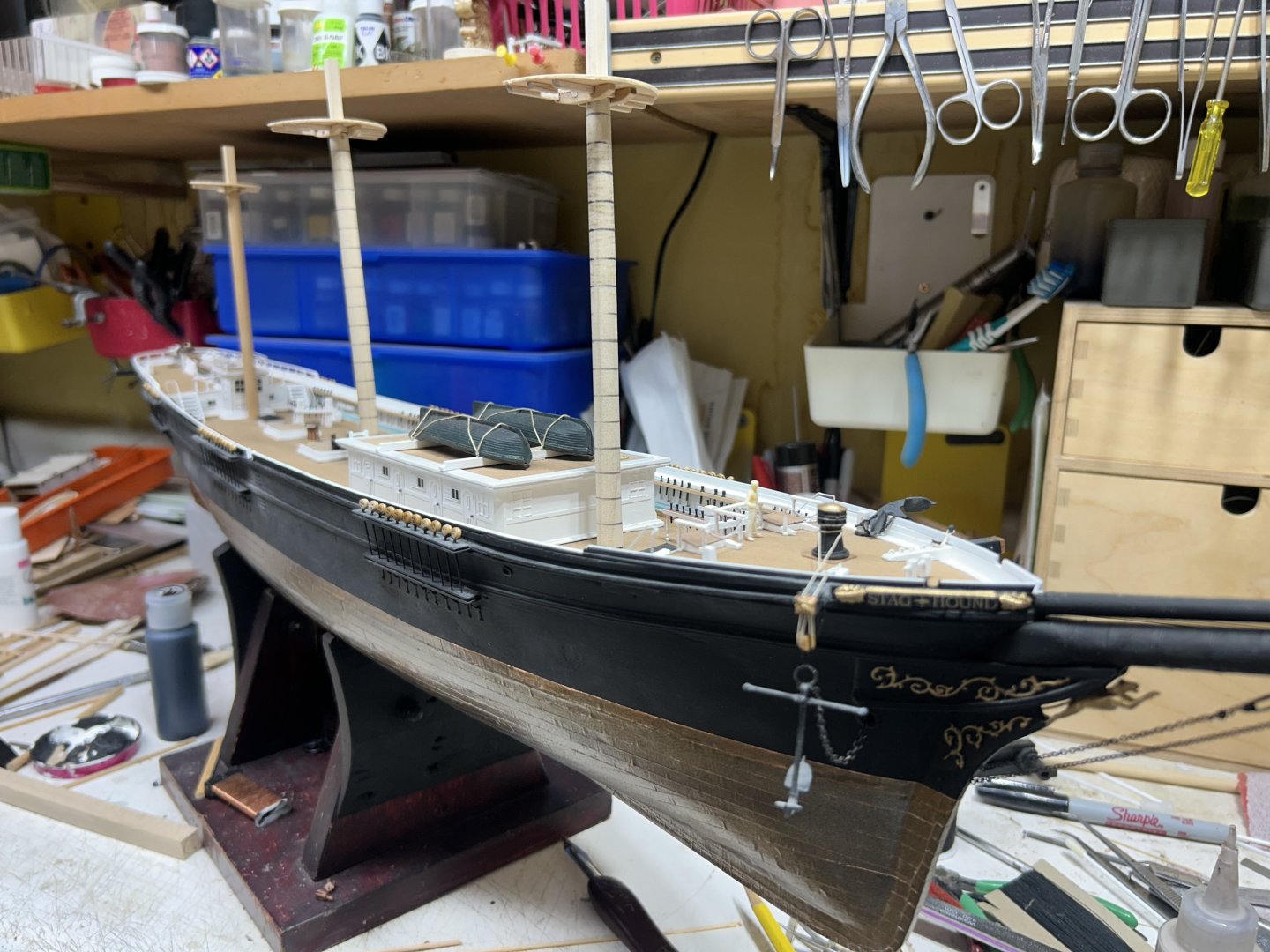
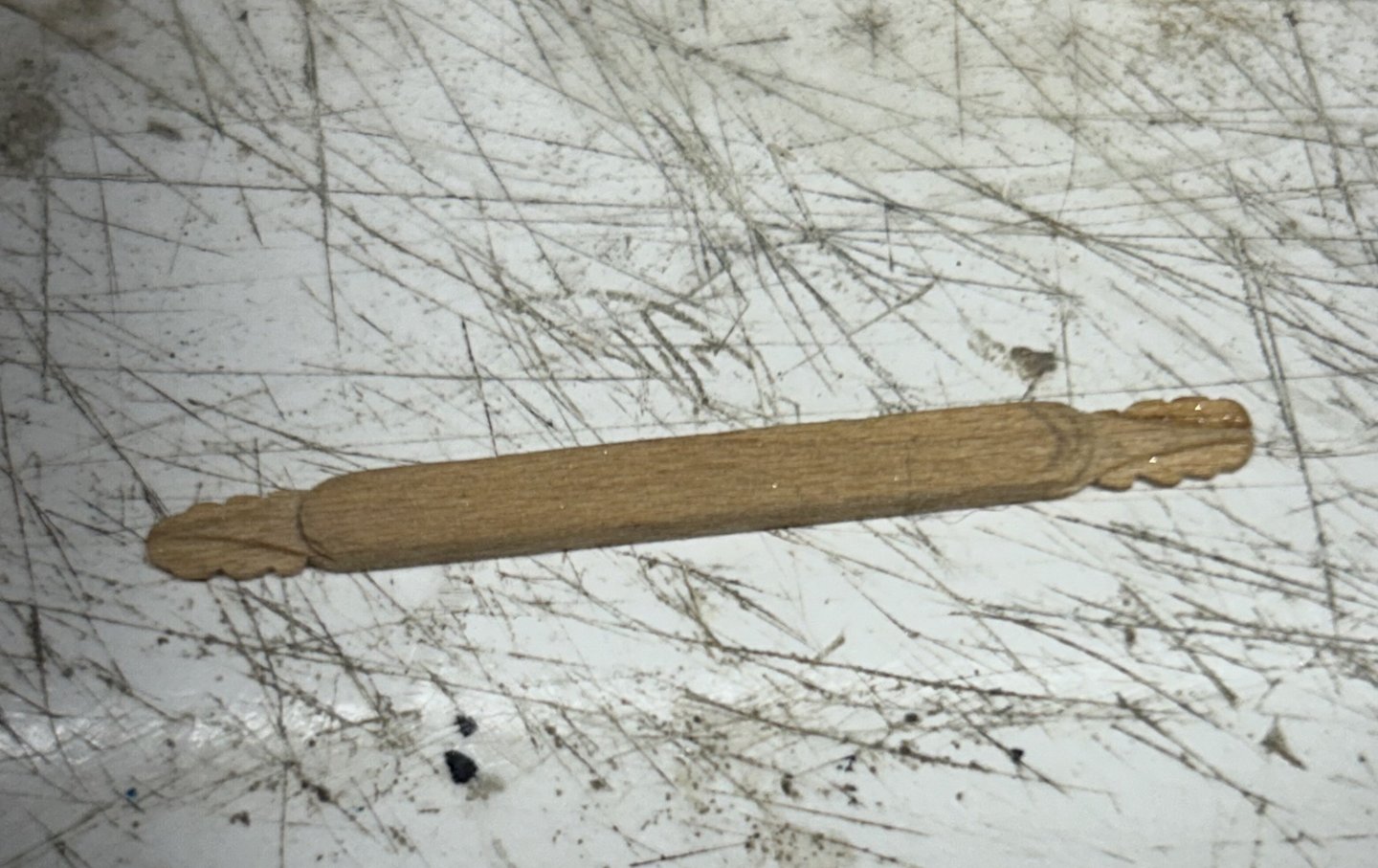
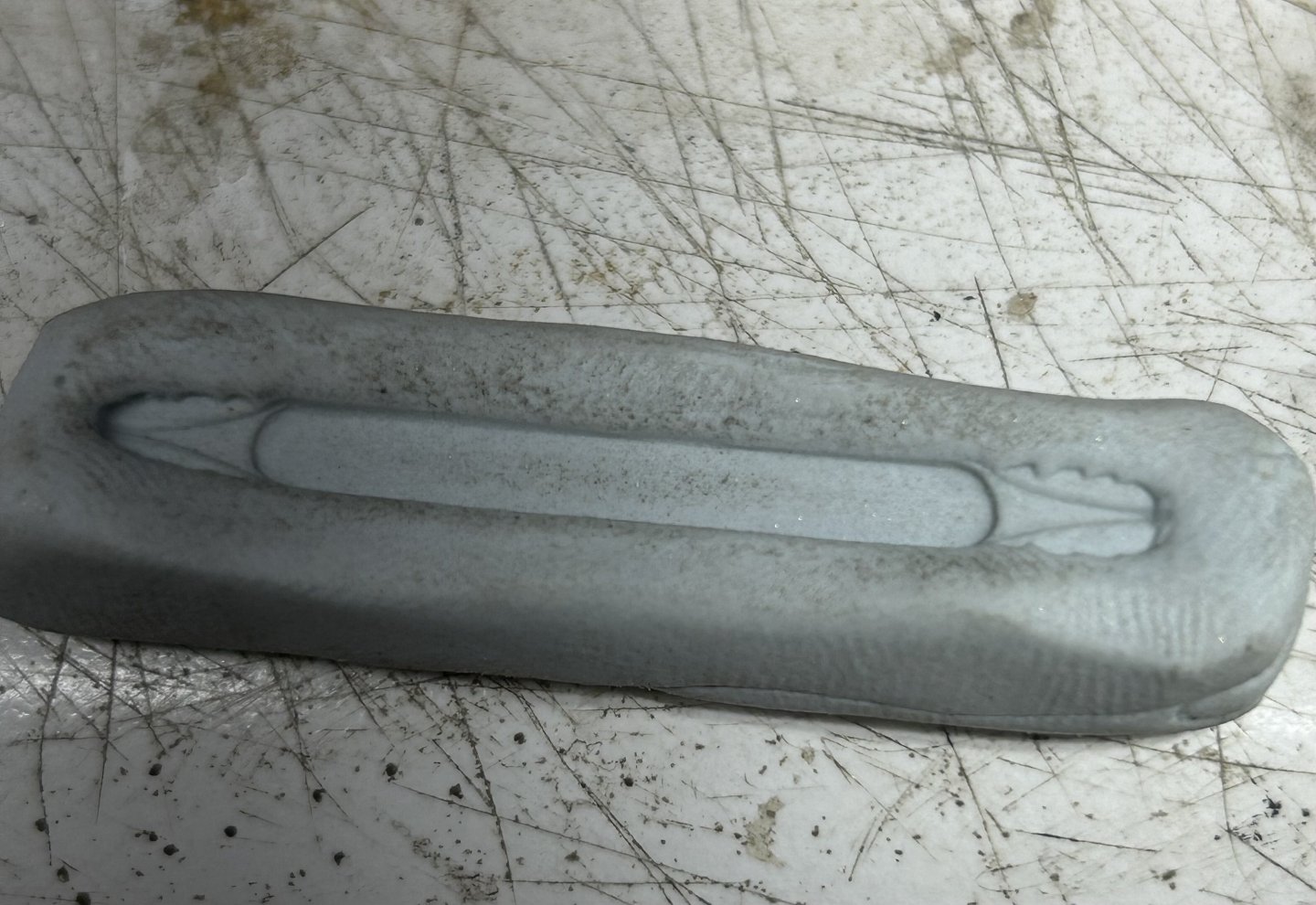
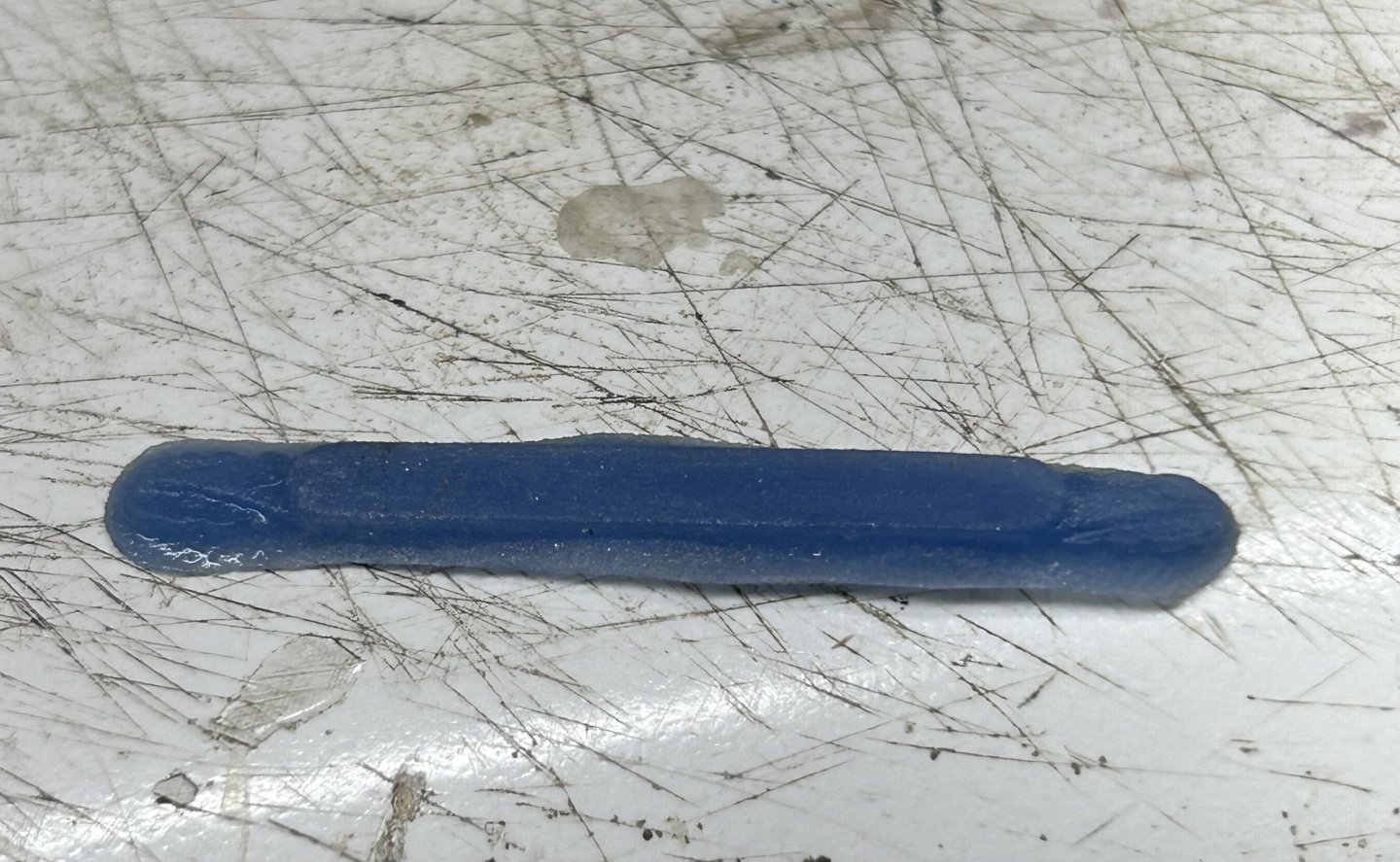
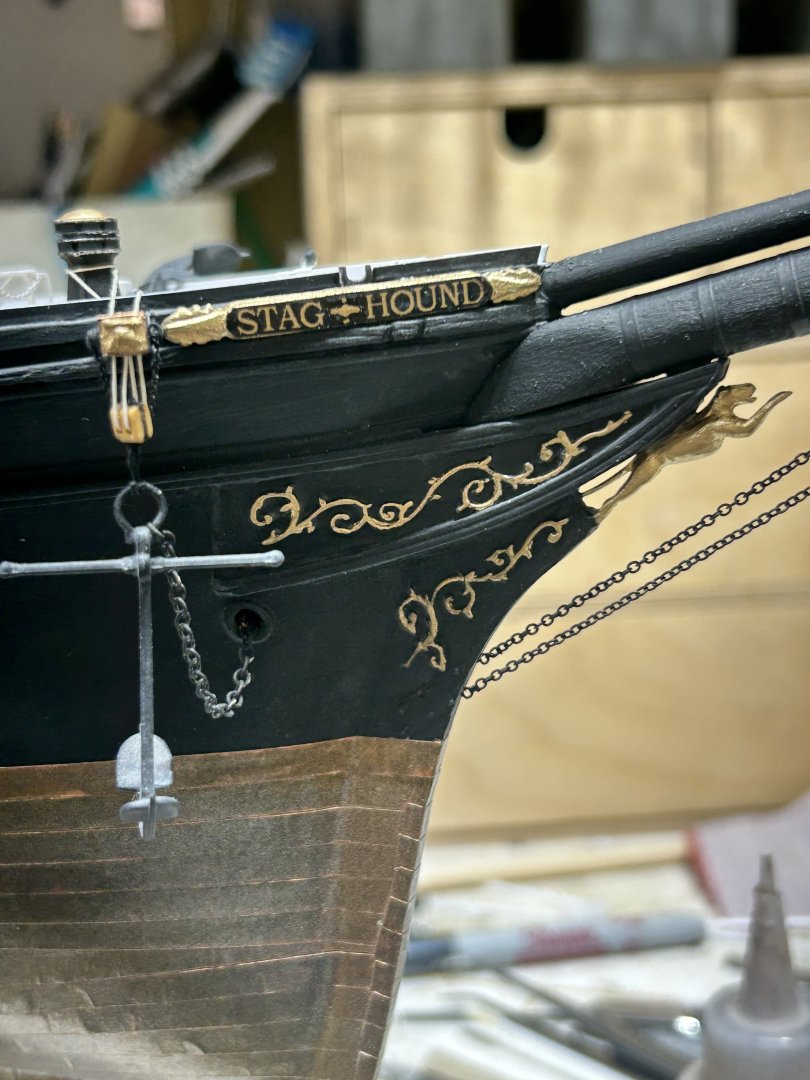
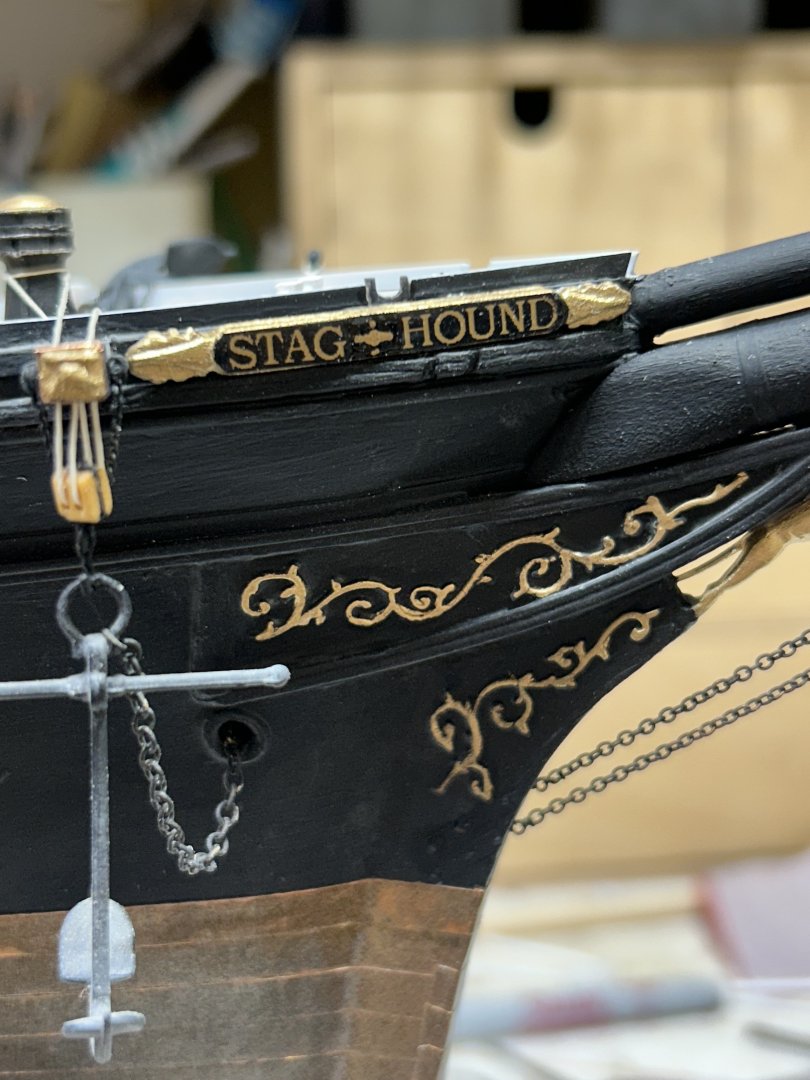
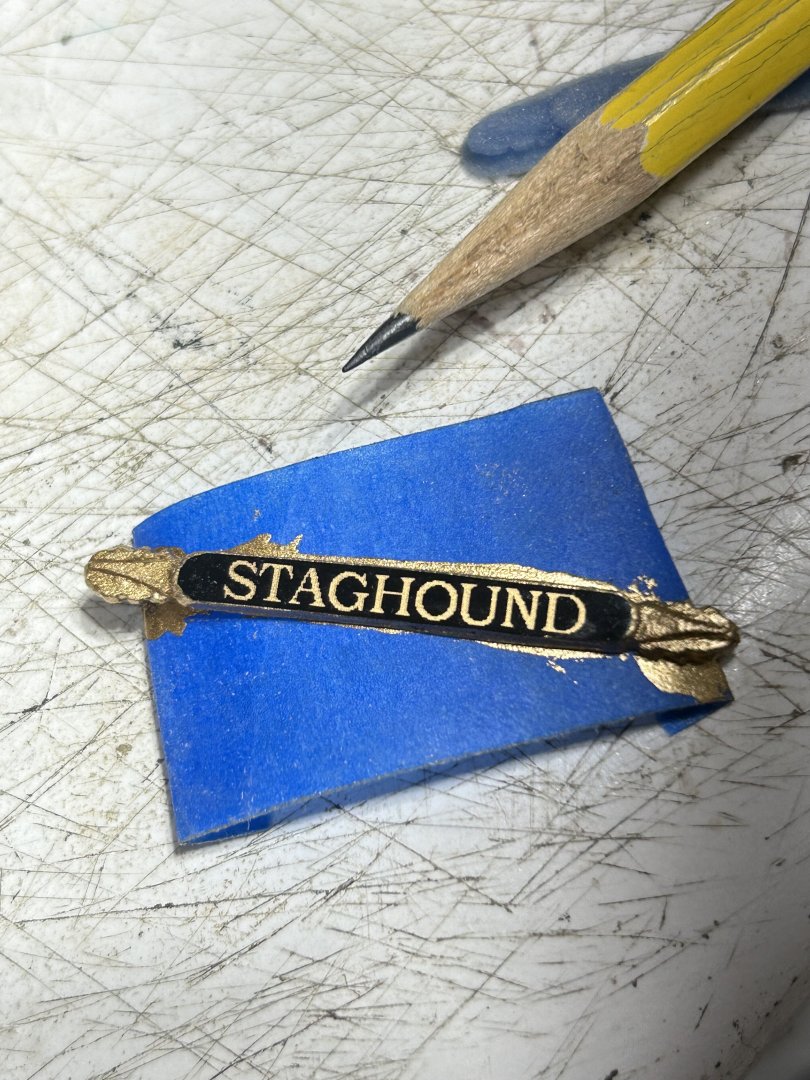
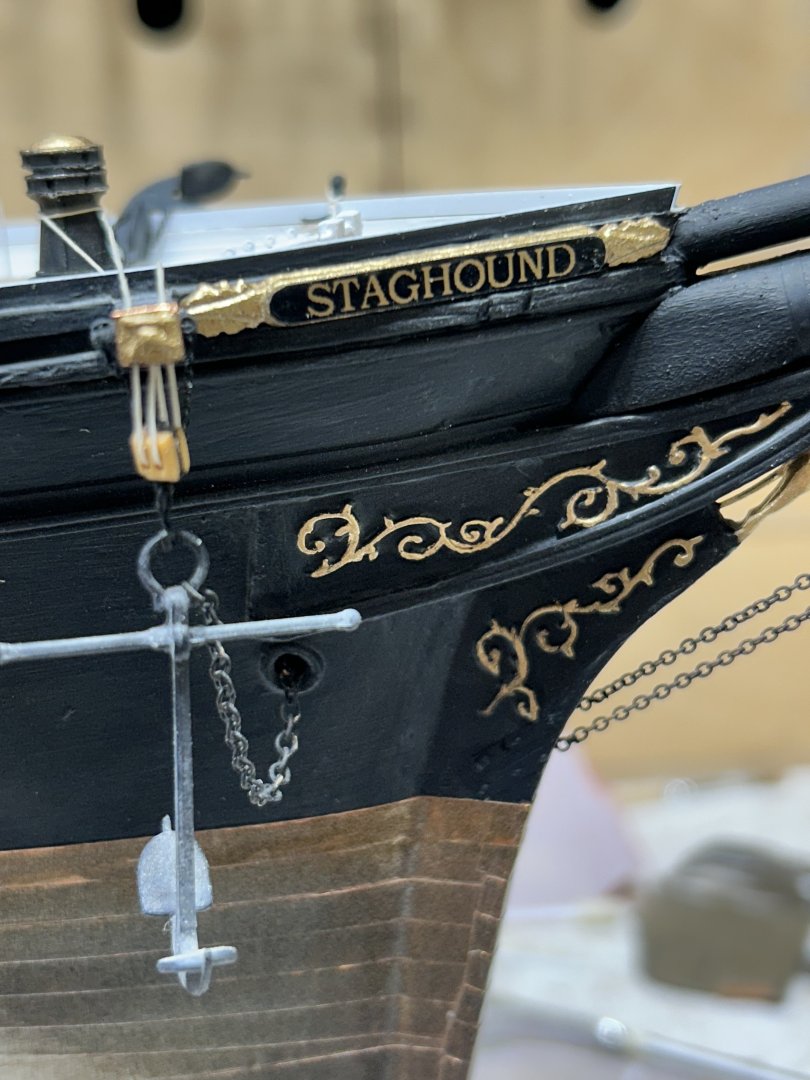
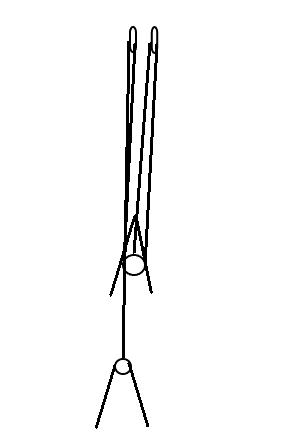
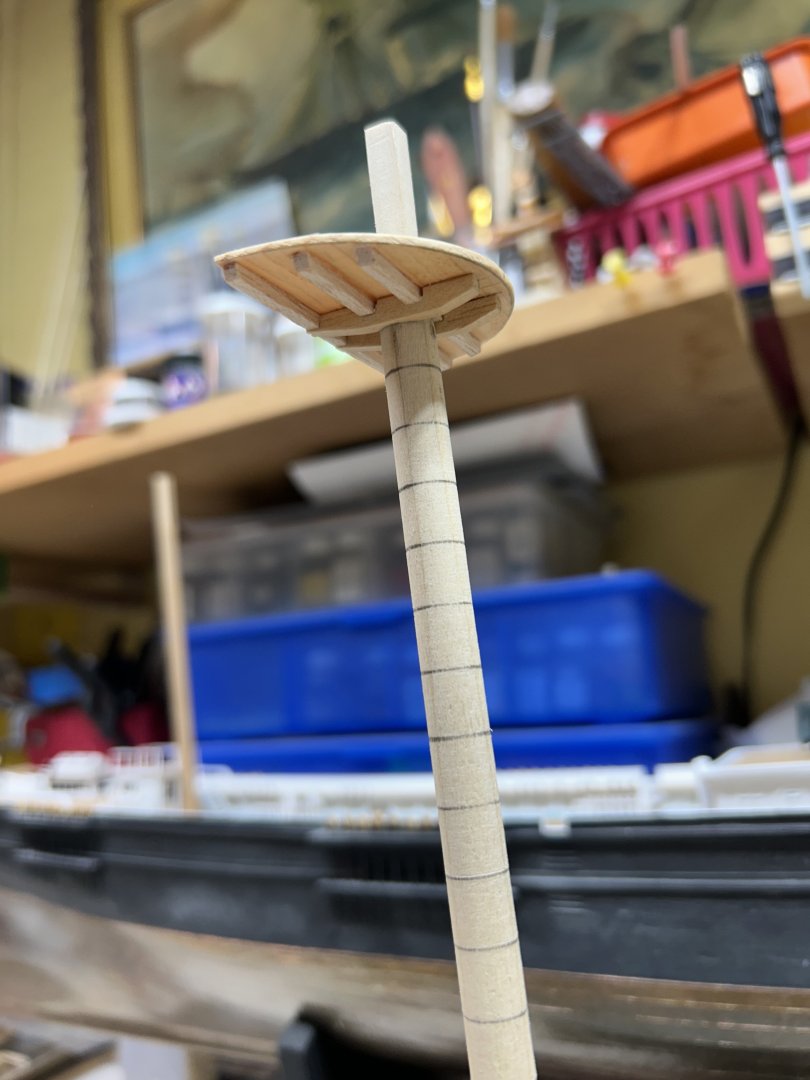
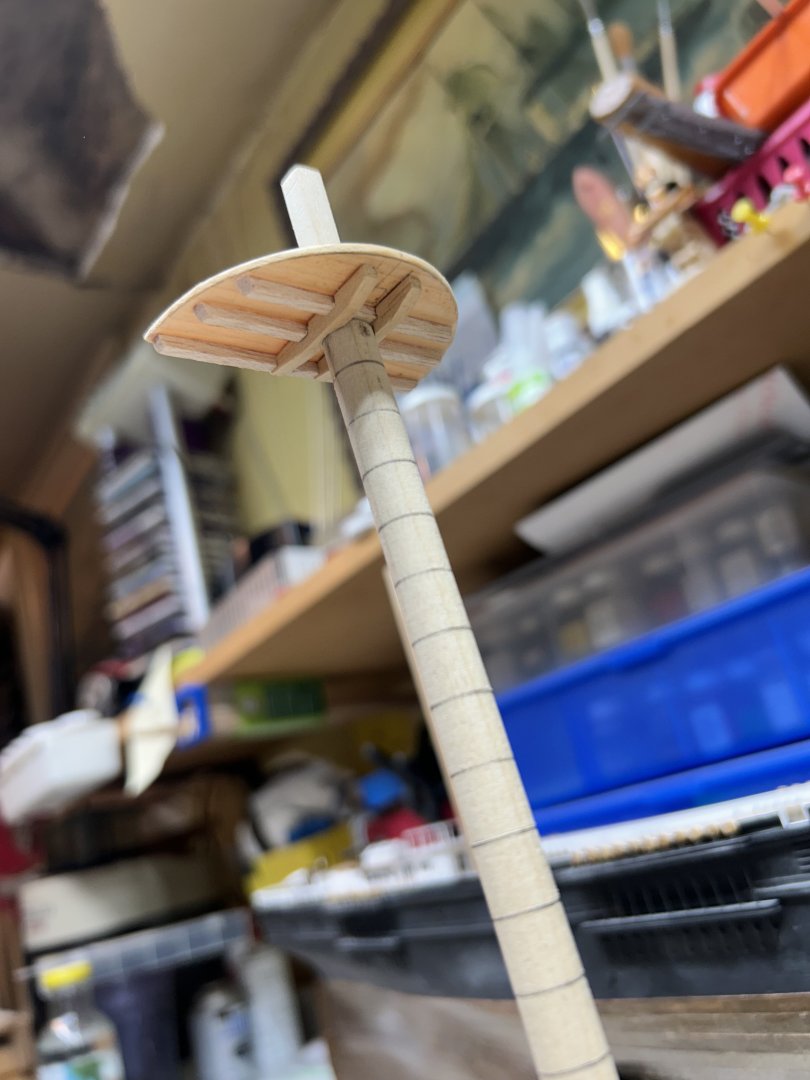
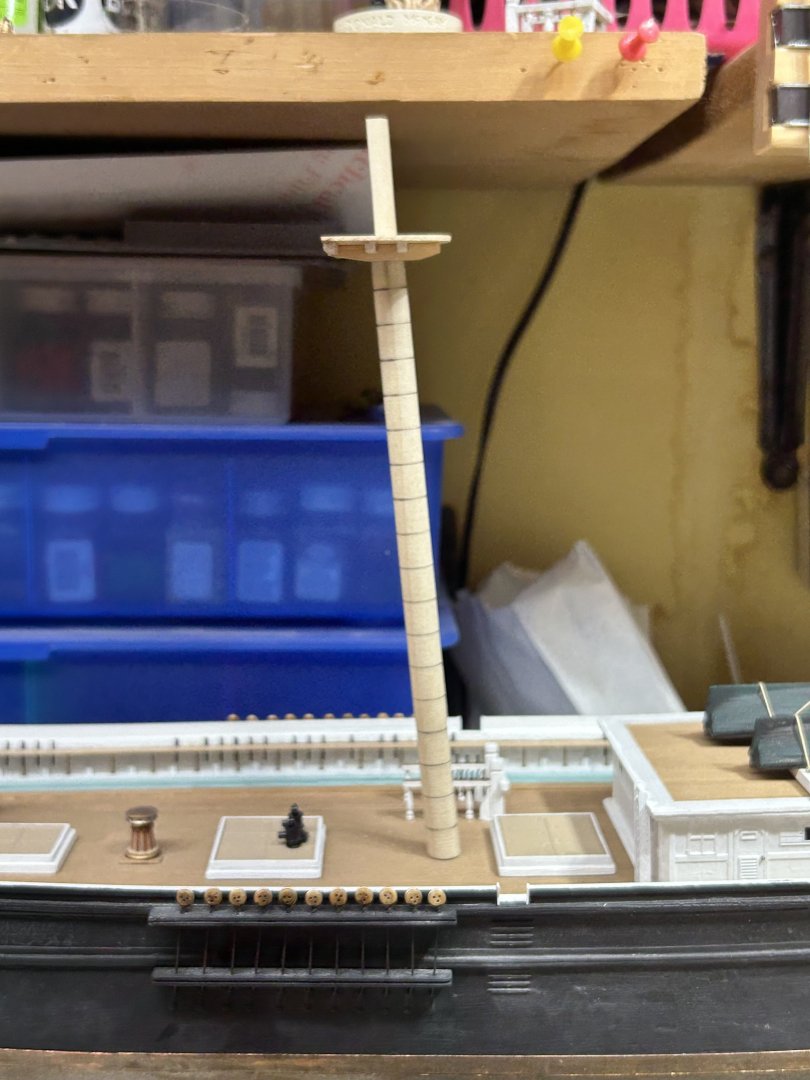
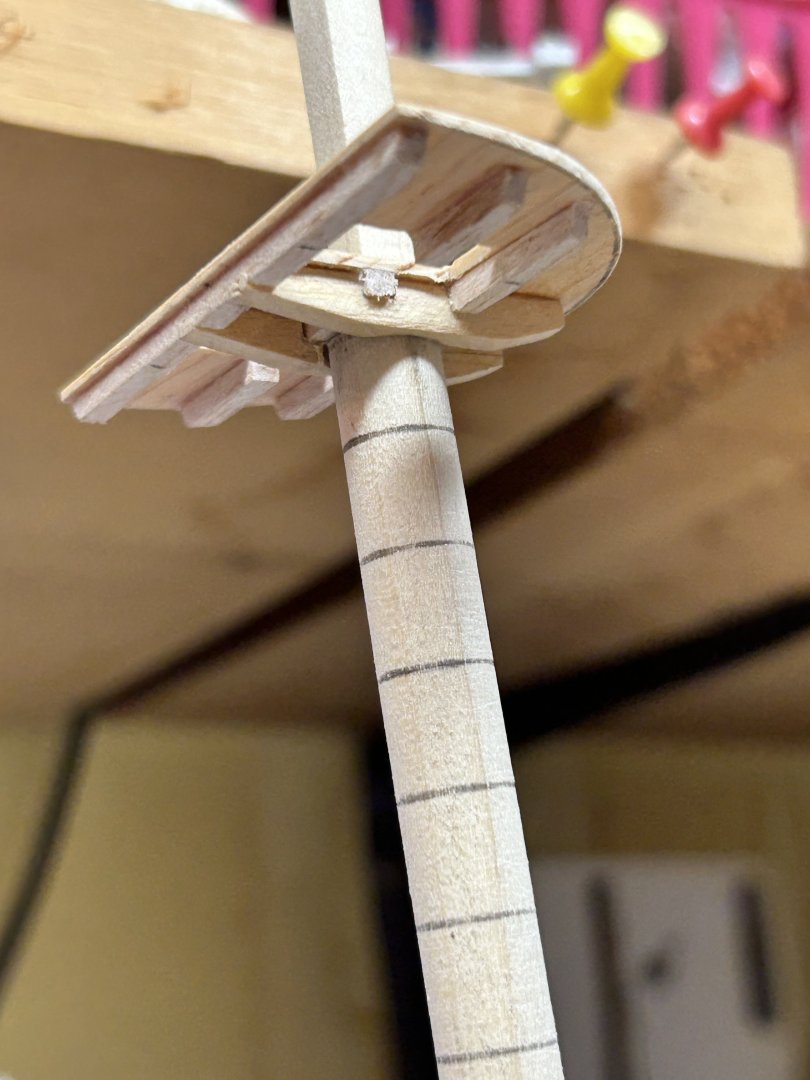




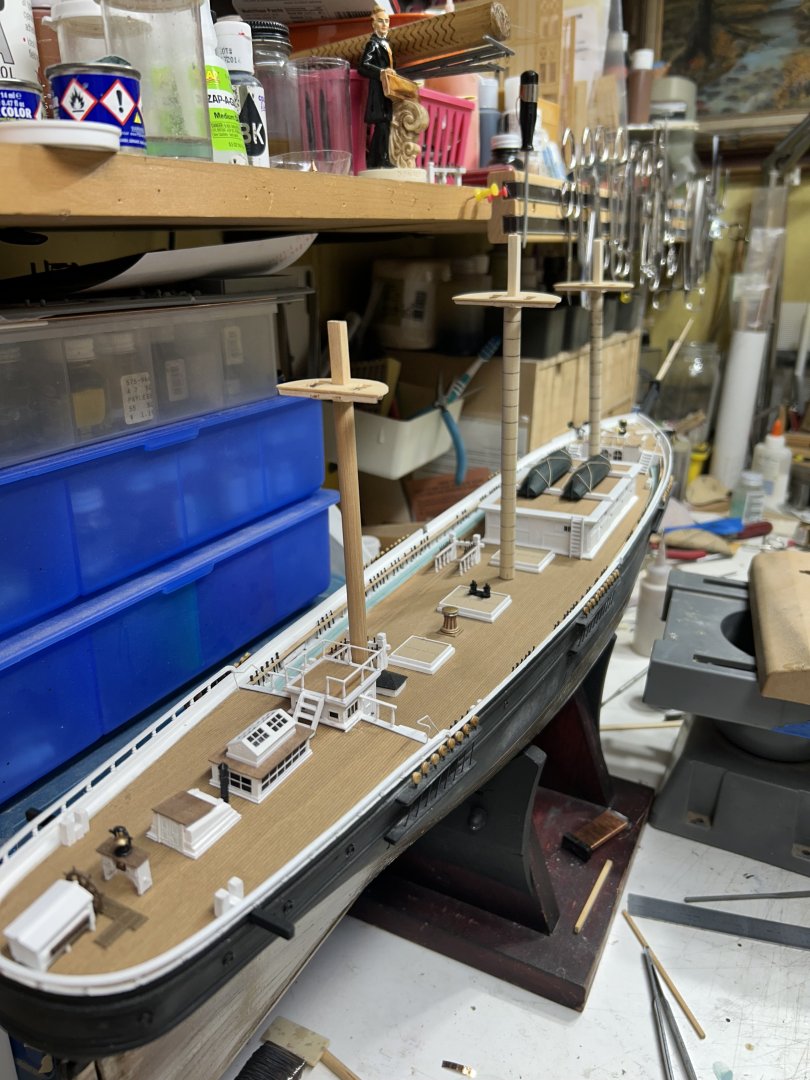
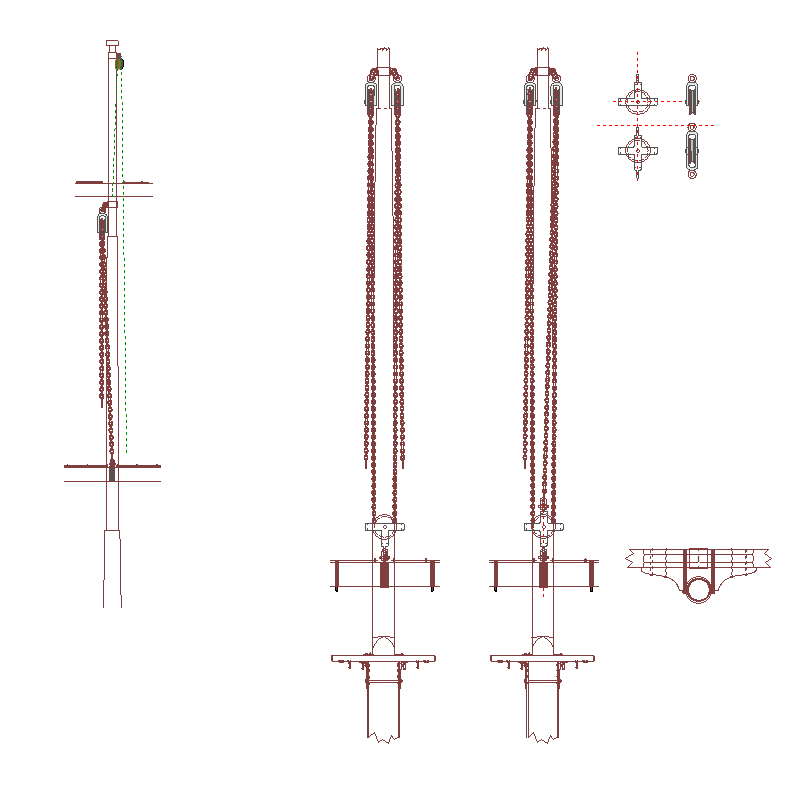






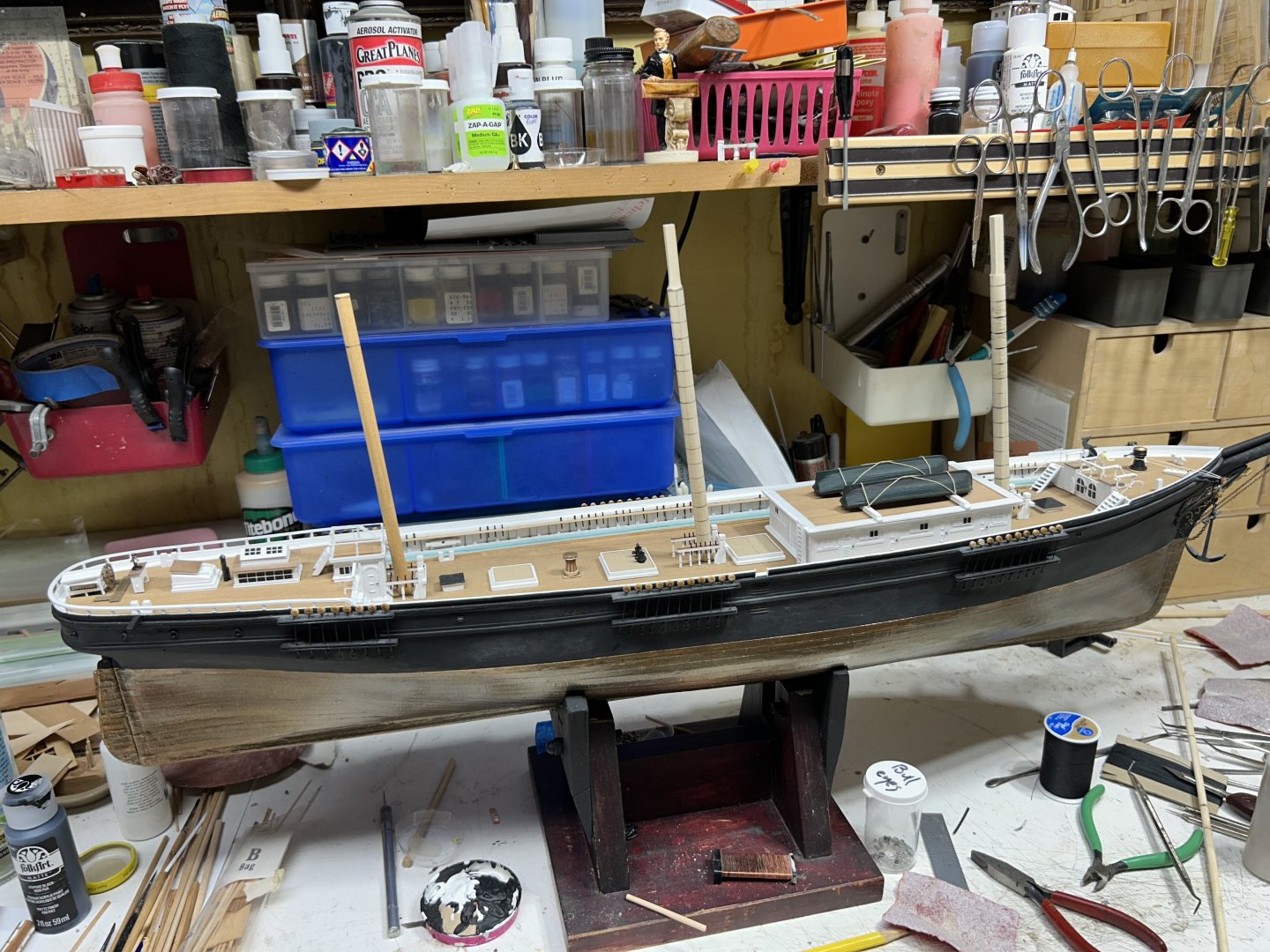


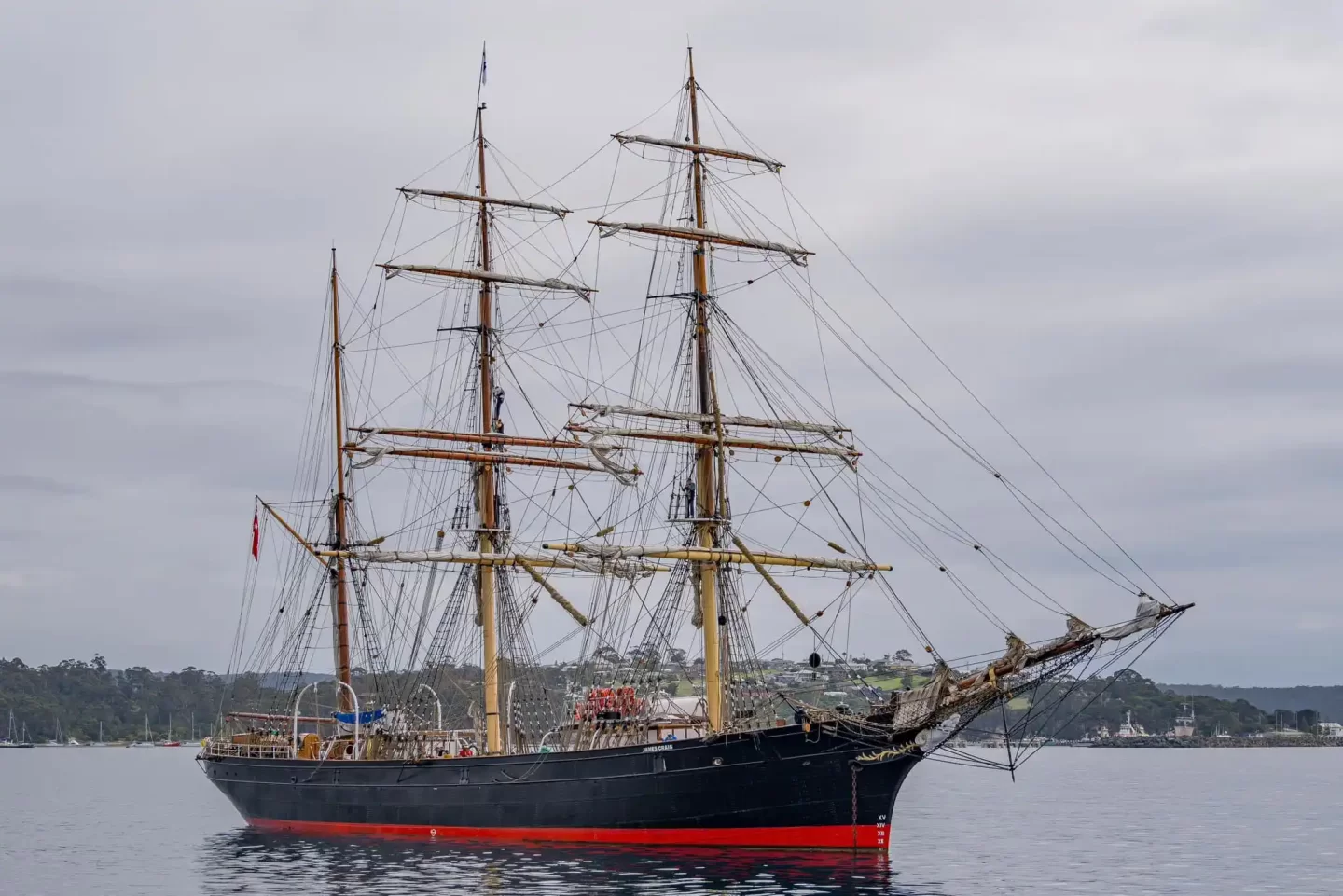
.png.67d596a5dd915c503d6e38f7580a85a7.png)

Staghound 1850 by rwiederrich - 1/96 - Extreme Clipper
in - Build logs for subjects built 1851 - 1900
Posted
Not sure the Popular Mechanic article is as accurate when claiming that Great Republic had a 180 ft main yard. It was actually only 120 ft.
Rob